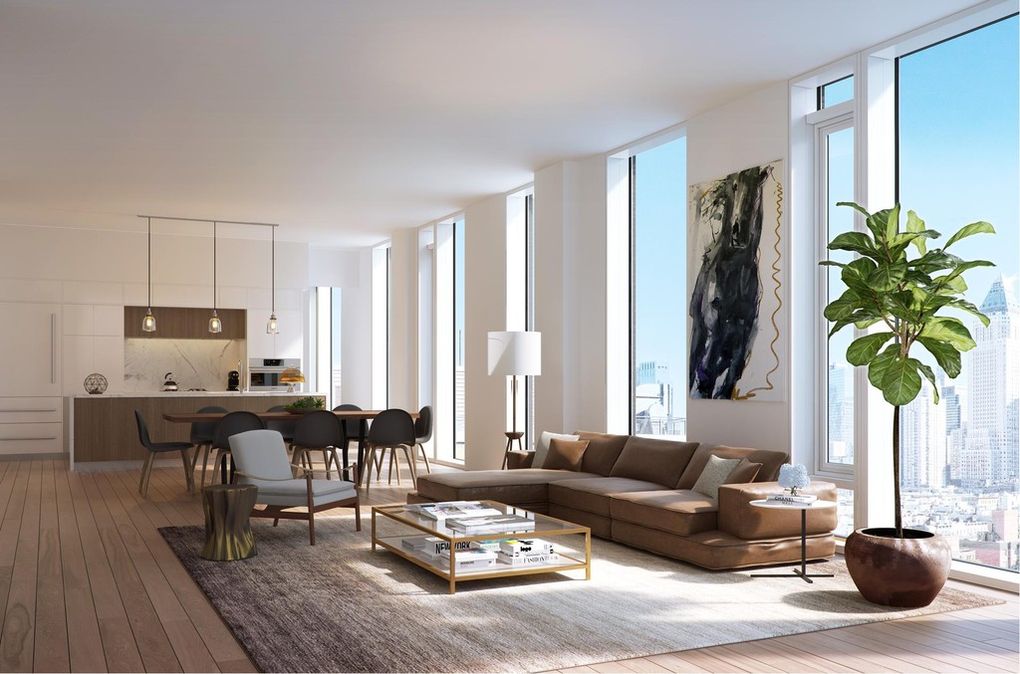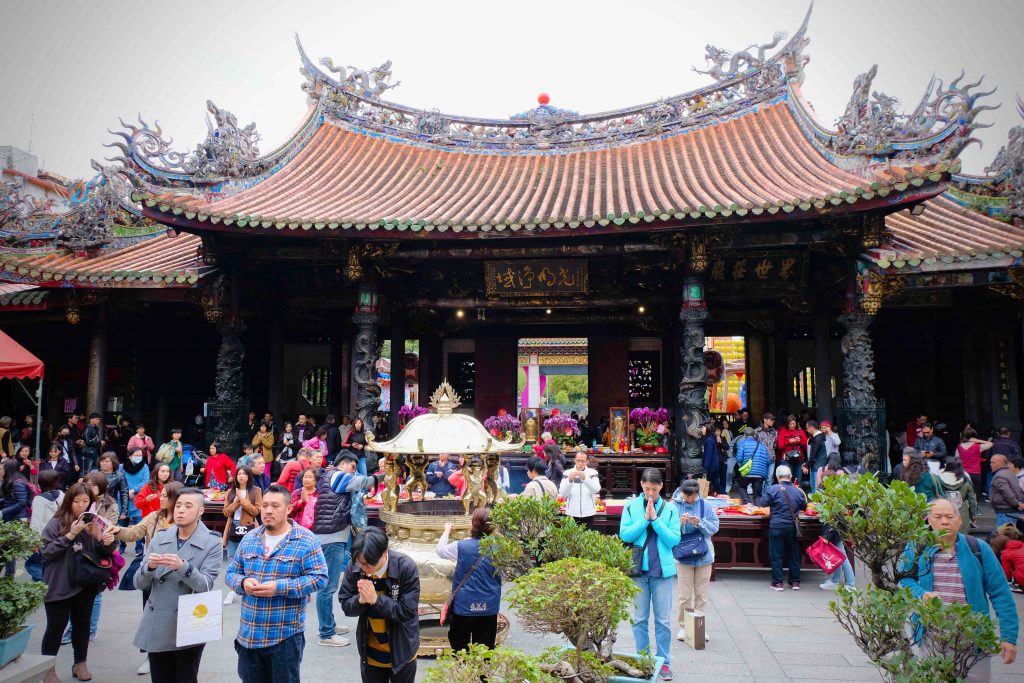
’Made in Taiwan’ or ‘Made by Taiwan’? This initial dichotomy may help us better understand Taipei’s welcoming philosophy as World Design Capital in 2016. For the Taiwanese capital, this milestone represented an aspiration beyond being the familiar international showcase for technology products. This new state-of-mind developed the production process as a whole. It ran from origin to end product, from creative conception to talented practice, and from innovation to functionality.
Design as a functional element in the service of citizens. Interventions that adapt to the needs of a city in motion from ‘design thinking’ (sic). How could ‘design thinking’ be put into practice with a participatory and international approach? And that delved into the philosophy of progress towards changing goals and directions? And ensure it was in line with the evolution of Taiwanese society itself and the global perception underlying its renown? This was how the Taiwanese capital took on the challenge of being World Design Capital in 2016. They uncovered pathways towards a design in motion which, according to the event’s organising committee, was based on perfection coming from ‘changing existing imperfections’.
What Taipei certainly achieved was to integrate design into life, both for residents and visitors to the city. It also did so to the chant of ‘world, we’re designing!’. Beyond the famous brands in the technology sphere, such as Asus, or Sangean in radio, the city sought to bring talent from other areas. It did so especially in terms of social and functional interventions. And it indeed brought this about.
‘Small sparks of experimentation’
The year 2016 has remained in the memory of the Taiwanese public thanks to the momentary and permanent transformation it represented for the city. As an adaptable city, it combined large events. with ‘small sparks of experimentation’ or creative experiences in ‘formal and informal spaces. This happened at cafés, metro stations or any street corner, making the city a garden of design to the delight to both visitors and residents’.
Taipei 101: the tallest ecological skyscraper in the world
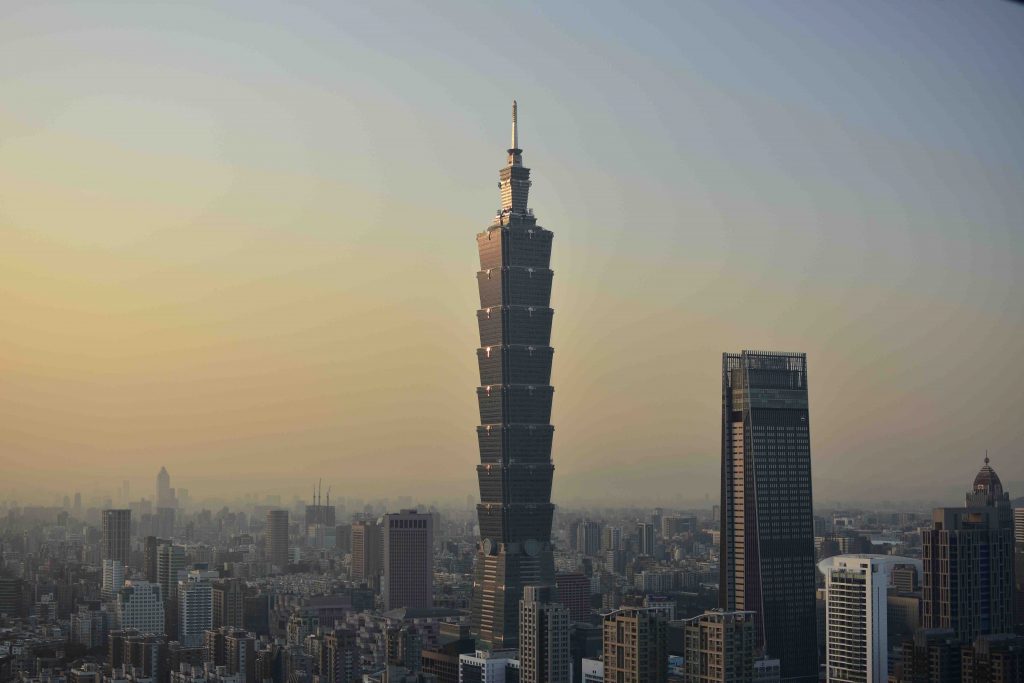
A testament to the city’s ebb and flow during its design capital year is the king of the skyline: Taipei 101. It’s the most emblematic building in the island’s cityscape. Soaring 508 metres tall, it held the honour of being the tallest skyscraper in the world between 2004 and 2010. However, during the design capital year, its top spot was already a distant memory. It came in at number ten in the tallest buildings rankings. According to axis mundi symbolism, this is nexus point connecting the earth and the heavens.
Moreover, it maintains the honour of being the world’s tallest ecological skyscraper. The architect behind its design, local professional Chu-Yuan Lee, imagined the building as a type of pagoda. The idea was that could withstand earthquakes up to magnitude seven on the Richter Scale, and winds over 450 km/h. To achieve this, according to Epdp, ‘he incorporated mass movement offset into the structure with a mass damper on the 92nd floor. It’s formed by a giant steel plate pendulum weighing 680 tons, suspended on swing wires from the top. At the base, it’s attached by hydraulic pumps. It is the largest and heaviest in the world’.
The ‘Creative Centre of Taipei’
Whilst Taipei 101 served as a marketing strategy for the event, the capital city programme included other spots in the city for activities linked to industrial design. Thus, one of the top spots for harnessing local and foreign talent was the Songshan Cultural and Creative Park, known in 2016 as the ‘Creative Centre of Taipei’.
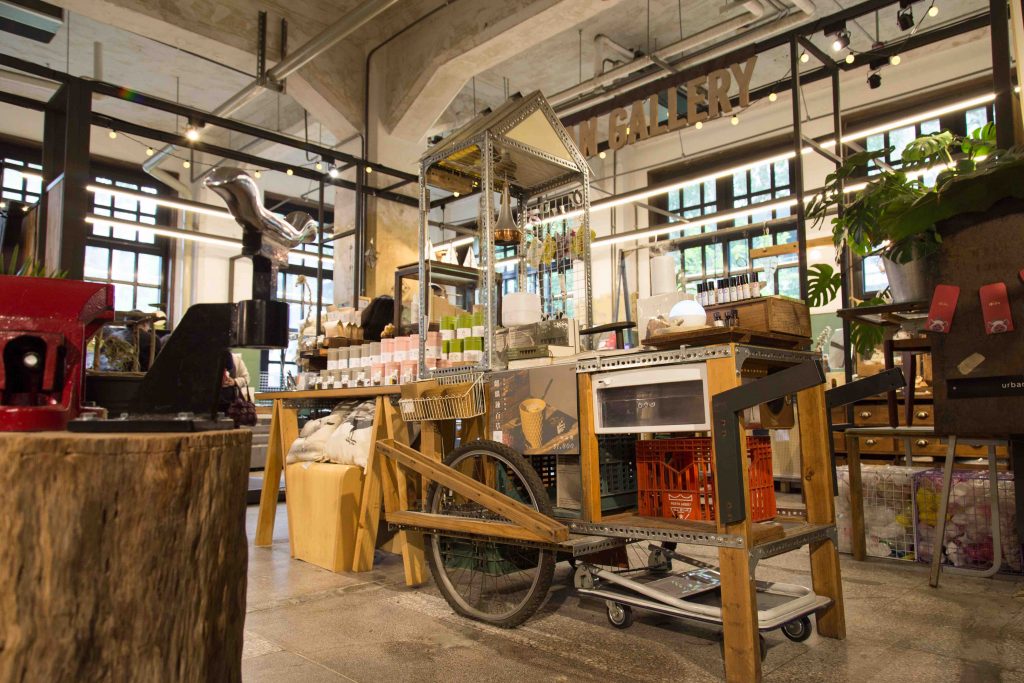
The organising committee held major activities in the city here throughout the year. These covered five different strategies: creative lab, creative union, creative school, creative showcase and creative hub. The activities in each area included different formats such as film shoots, permanent or temporary exhibitions, prize ceremonies, symposia, seminars or fashion catwalks. According to the committee, ‘the site was gradually transformed into the new destination for Taipei’s cultural and creative industries, as well as a new creative benchmark with an international outlook’.
Bridges over the Tamsui River
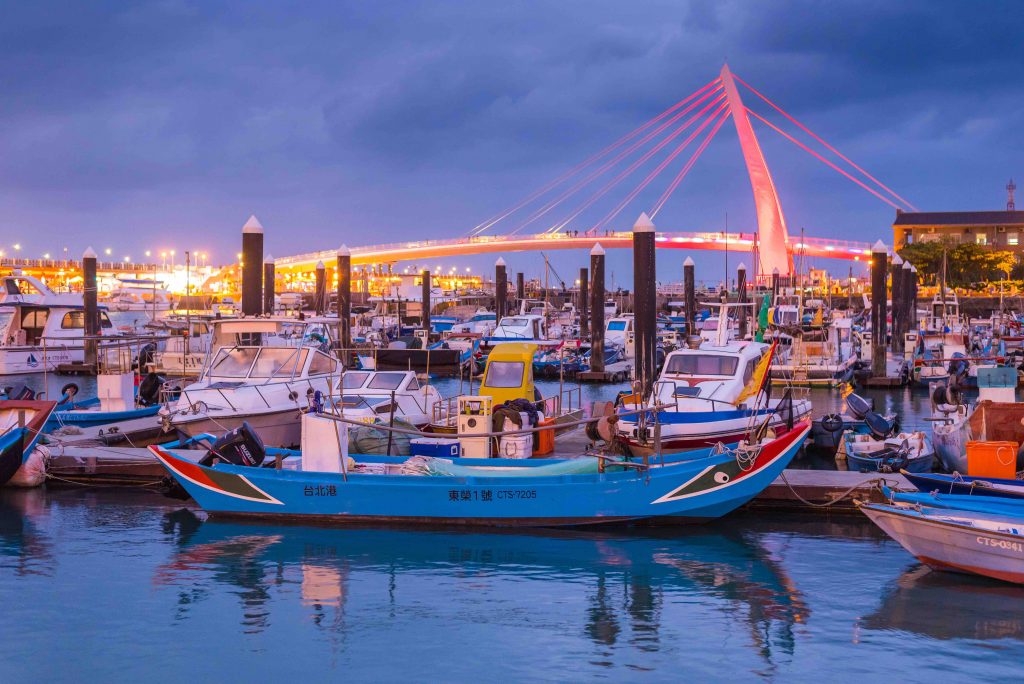
The last stop for The Decorative Surfaces in the World Design Capital 2016 is the city’s bridges. The layout of the city makes them particularly enticing as they form part of everyday life for locals.
In the area of New Taipei, to the north of the capital, stands Lover’s Bridge next to fisherman’s wharf. The combination of traditional art, colourful boats and rational modernism has made this one of the city’s most famous bridges. Especially in terms of photos on social networks such as Instagram or Pinterest. It is an essential infrastructure connecting the two banks of the Tamsui River far from the city centre.
Nonetheless, in terms of emblematic bridges, we also have the Danjiang project. Designed jointly by Andrä&Partner and ZadaHadid studios, its unique nature rests in its being the first asymmetrical bridge design with a single structural tower. This was done in order to minimise the presence of riverbed elements. This is in line with the Tamsui estuary ecosystem protection programmes that matter so much to local authorities, as Taiwanese society actively opts to focus on sustainable environmental recovery.


